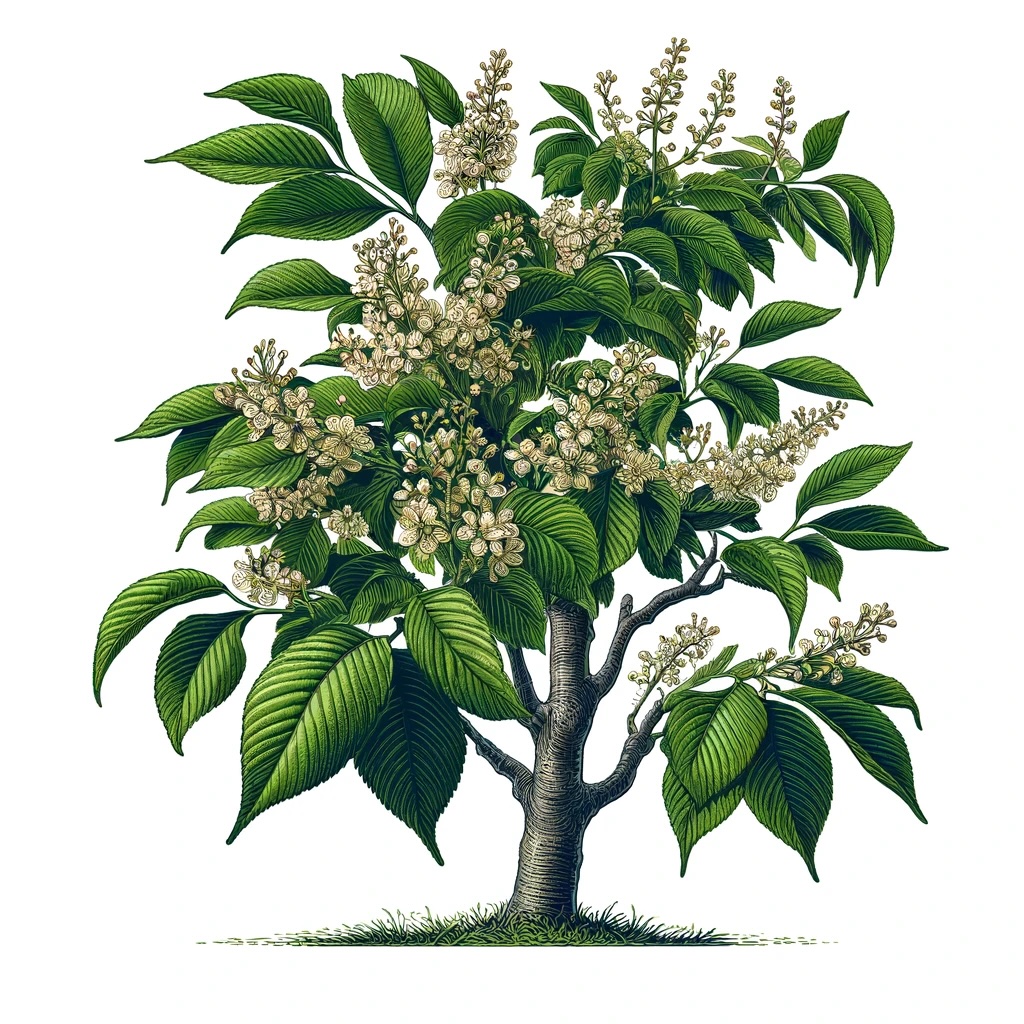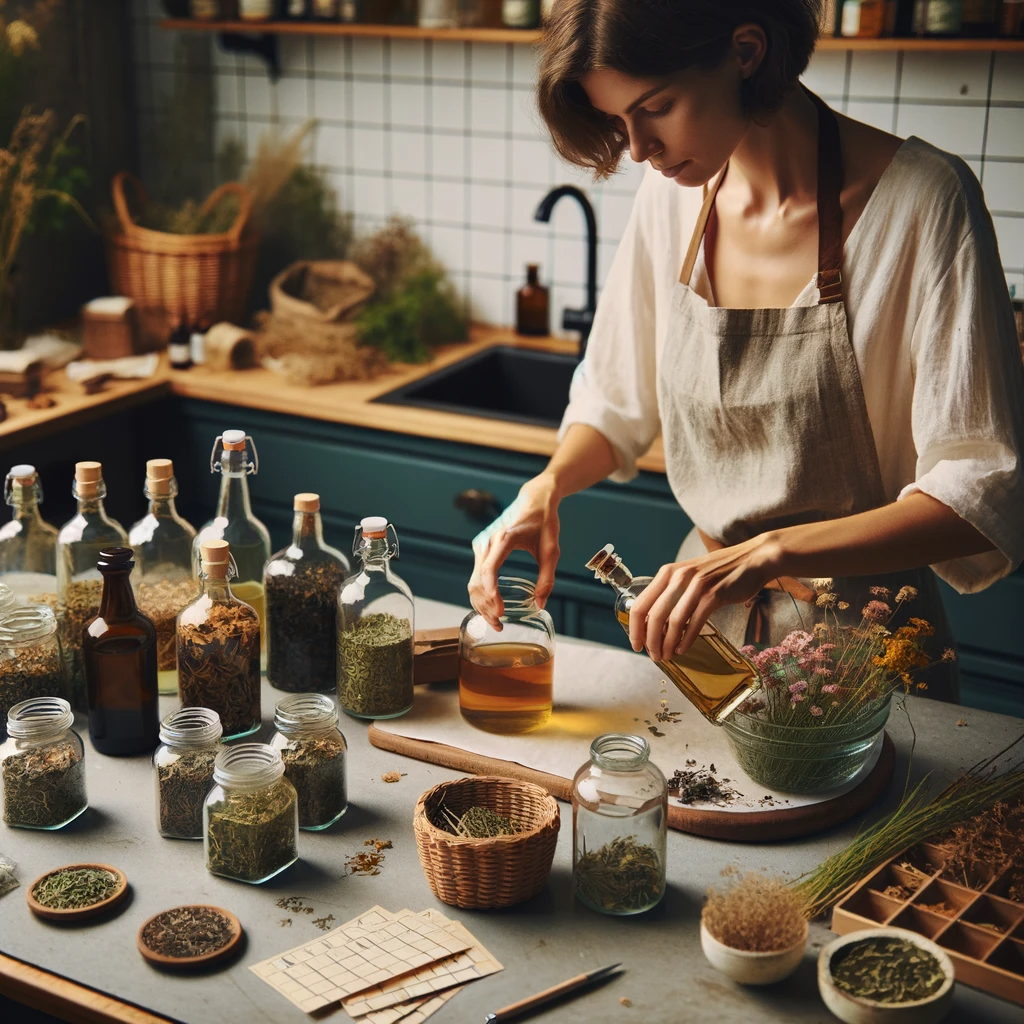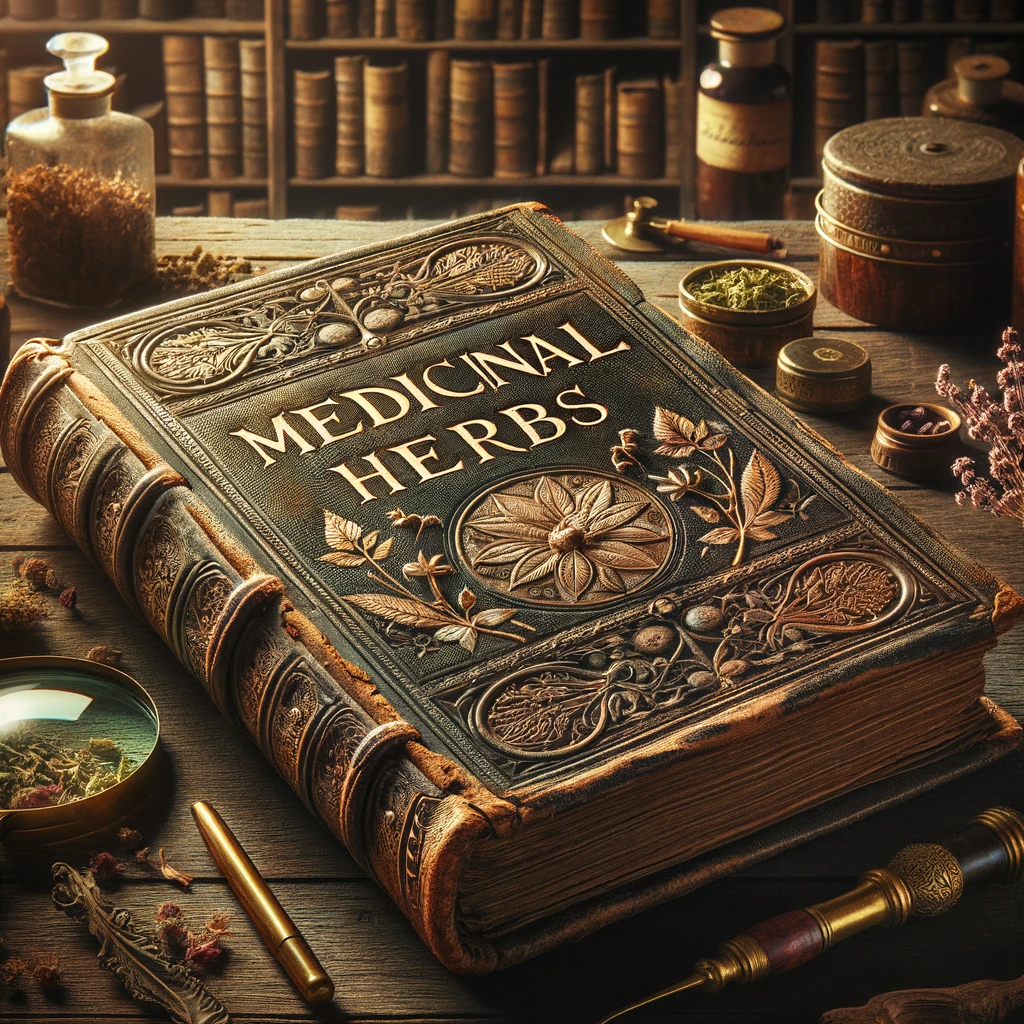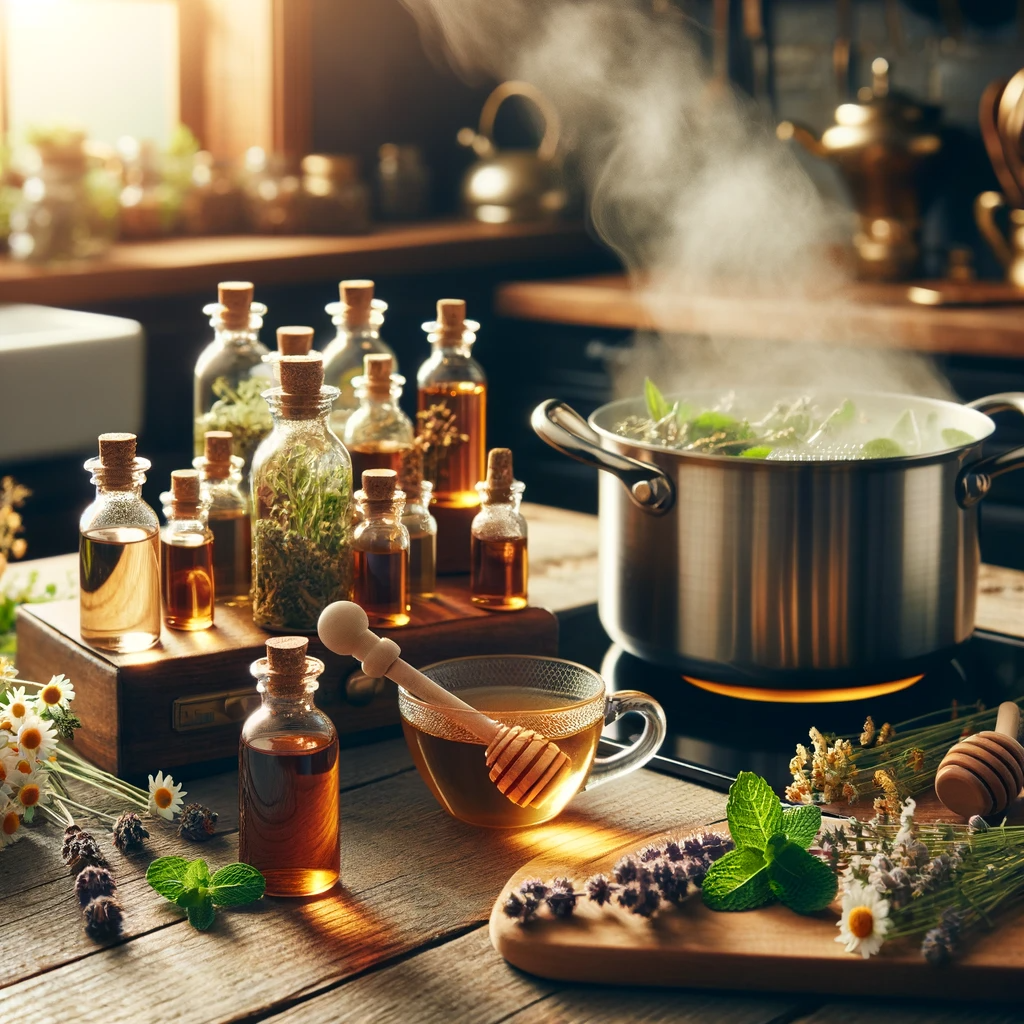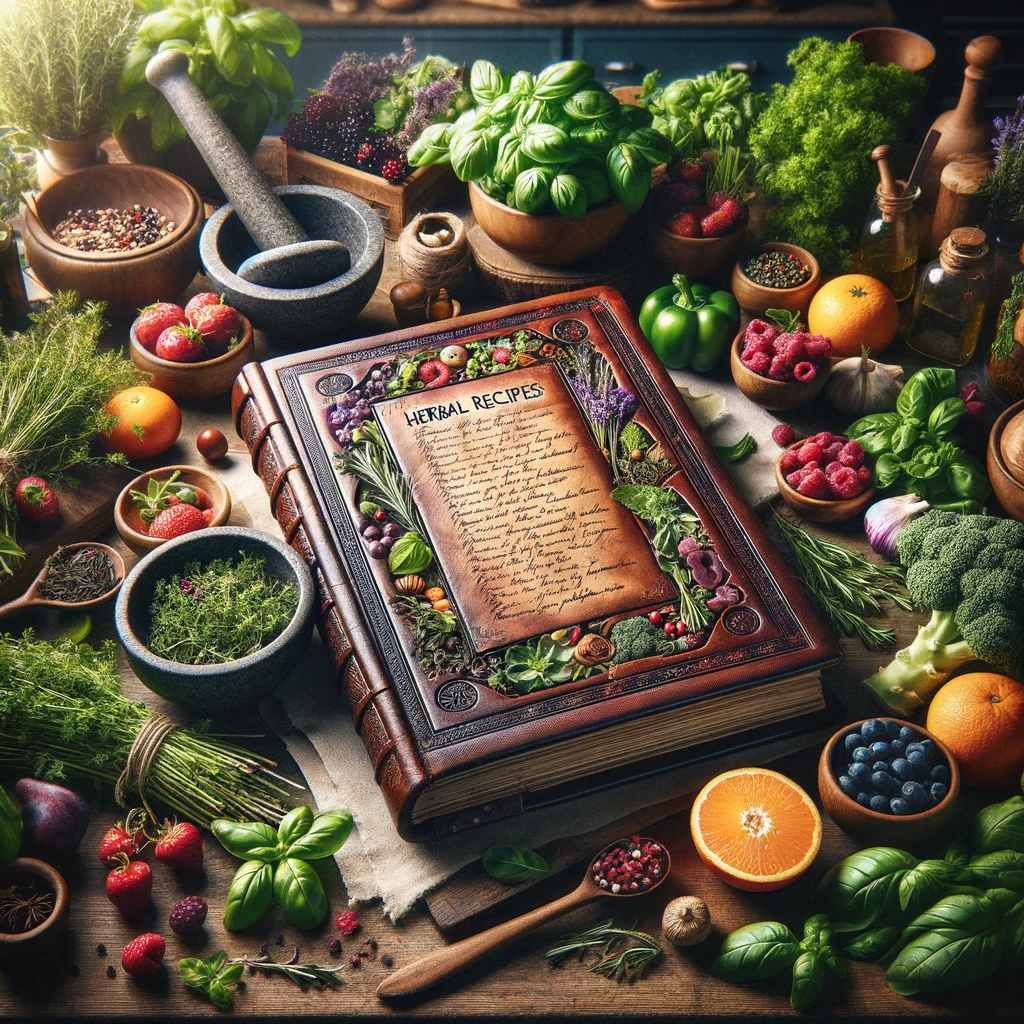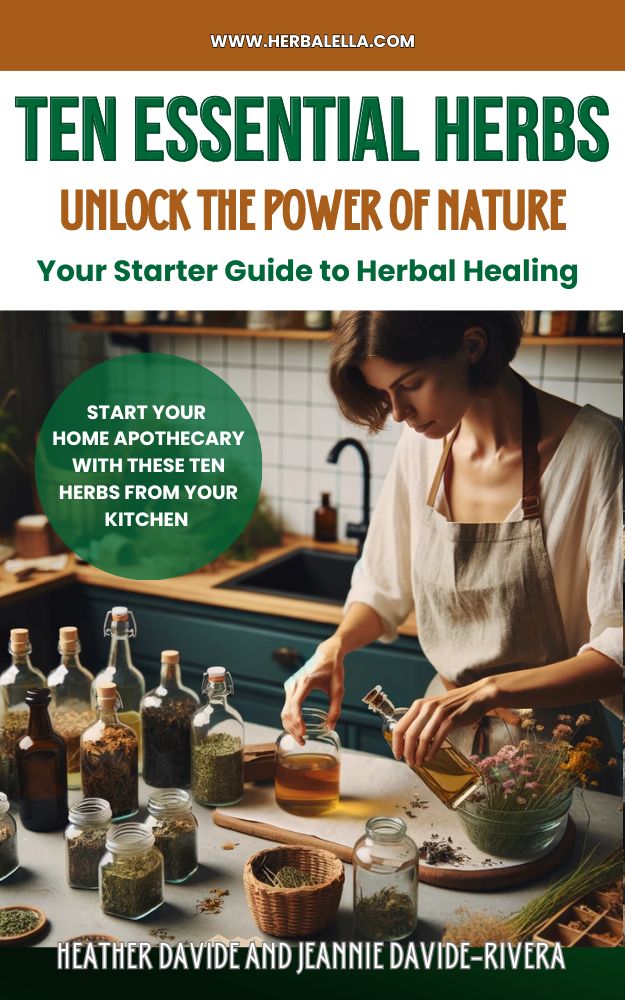This website contains affiliate links for products I use and love. If you take action (i.e. subscribe, make a purchase) after clicking a link, I may earn some tea money, which I promise to drink while creating more helpful content like this.
- Home
- Herb Index
- Lavender Monograph
Lavender: Uses, Benefits, and Cultivation Tips | Herbal Remedies Guide

Jump to Lavender Lemonade Recipe
Lavender (Lavandula angustifolia) Nature's Own Mood Modifier
The information provided on this website is for educational purposes only, and is not FDA approved. It is not to be considered health advice. Always do your own research and seek the guidance of a qualified healthcare practitioner before working with any herb. Herbal Ella is not liable for any action or inaction you take with the materials and information provided. Read here for more information.
- Common Name: Lavender
- Latin Name: Lavandula angustifolia
- Overview: Lavender is a widely recognized herb, celebrated for its soothing fragrance and a plethora of therapeutic uses. It is most commonly used for its calming effects on the nervous system, as well as its antiseptic and anti-inflammatory properties.
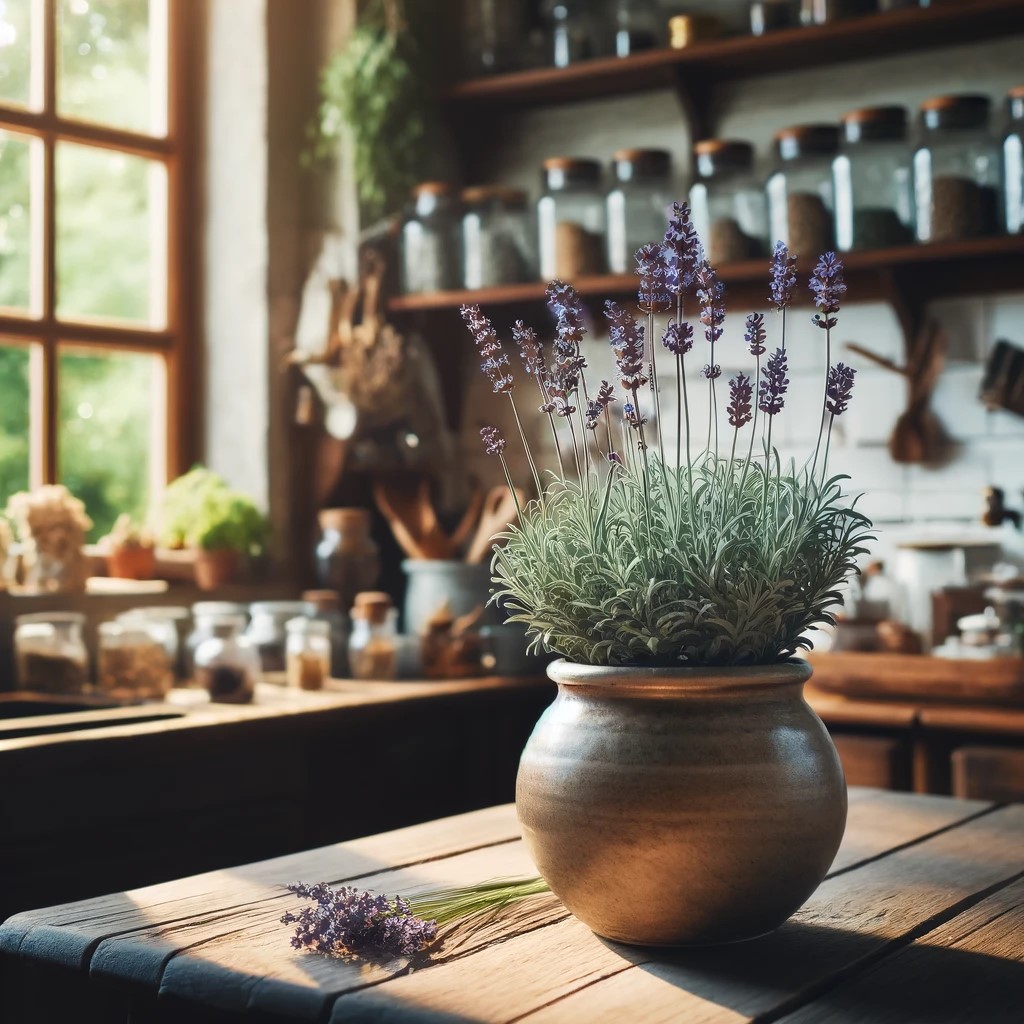
Botanical Overview
- Family: Lamiaceae (mint family)
- Identification (physical description): Lavender is a perennial bush with narrow, silvery-green leaves and iconic violet-blue spikes that blossom in late spring and summer.
- Parts used medicinally: Flowers and essential oil
- Habitat: Native to the Mediterranean region, but now cultivated globally in sunny, well-drained areas.
Herbal Actions
- Sedative: Lavender is well-known for its calming and sedative properties, which make it beneficial for treating anxiety, insomnia, and stress. It works by influencing the central nervous system to promote relaxation and improve sleep quality.
- Anti-inflammatory: The essential oils in lavender have significant anti-inflammatory effects, which can help reduce swelling and pain in conditions like arthritis, muscle aches, and headaches.
- Antispasmodic: Lavender can relieve spasms of the muscles and the gastrointestinal tract. This makes it useful in treating symptoms of digestive discomfort such as cramping and bloating.
- Antimicrobial: Lavender has powerful antimicrobial properties, effective against a broad range of bacteria and fungi. This makes it useful in preventing and treating infections, especially in wounds and burns.
- Antiseptic: Similar to its antimicrobial properties, lavender's antiseptic qualities help prevent infection by inhibiting the growth of microorganisms. This makes it a popular choice in skincare, particularly for acne, eczema, and wound care.
- Carminative: Lavender aids in relieving gas and bloating. It helps in reducing flatulence and can soothe the stomach, promoting better digestion and absorption of nutrients.
Energetic Qualities and Taste
- Energetic properties: Cooling and drying.
- Taste: Floral, slightly sweet and bitter.
Medicinal Uses
- Anxiety: Lavender is widely used for its anxiolytic (anti-anxiety) effects. It helps reduce feelings of restlessness and nervous tension, often used in aromatherapy to help calm the mind.
- Insomnia: Due to its sedative properties, lavender can promote better sleep quality by helping individuals fall asleep more easily and enhance overall sleep duration.
- Depression: While not a standalone treatment for depression, lavender can help alleviate mild symptoms of depression by promoting relaxation and a sense of well-being.
- Headaches: Lavender oil can be effective in alleviating migraine and tension headaches when applied topically or inhaled.
- Skin Irritations: Its anti-inflammatory and antiseptic properties make lavender beneficial in treating eczema, psoriasis, and other inflammatory skin conditions.
- Burns: Lavender’s pain-relieving and anti-inflammatory actions help soothe burn pain, reduce swelling, and promote healing.
- Insect Bites: Applying lavender oil to bites can reduce itching and swelling due to its anti-inflammatory properties.
- Gastrointestinal Issues: As a carminative, lavender helps in relieving gas, bloating, and indigestion. It can also be soothing for nausea and vomiting.
Specific Health Conditions Addressed by Lavender
Culinary Uses
- How the herb is used in cooking: Lavender is used to flavor baked goods, jellies, teas, and herbal infusions. It's also a component of the French herb blend, Herbes de Provence.
- Flavor profile: Distinctly floral with a hint of sweetness, enhancing both sweet and savory dishes.
Contraindications and Precautions
- Possible side effects: Can cause allergic reactions in sensitive individuals when used topically or in large amounts.
- Interactions with medications or conditions: Use caution with sedative medications as lavender may enhance their effects.
- Special considerations: Generally considered safe, but use in moderation during pregnancy and with young children.
Cultivation Tips
- Growing conditions: Prefers full sun and well-drained soil. Tolerates drought but not wet feet.
- Harvesting methods: Flowers should be harvested when in full bloom, typically in early morning to maximize essential oil content.
Historical Use & Folklore
Traditional Uses Indigenous Use Cultural Significance Folklore and Mythological Associations Magical Uses/Beliefs
Lavender has been a staple in various cultural practices for thousands of years. In ancient Rome and Greece, it was added to bathwater not only for its pleasant fragrance but also for its antiseptic properties, helping to cleanse the body and spirit. During the Middle Ages in Europe, lavender was used as a strewing herb in homes and churches to disinfect and ward off diseases, reflecting its enduring association with cleanliness and health.
While not native to the Americas, lavender was quickly embraced by various cultures around the world once global exploration increased its accessibility. In traditional European folk medicine, lavender was used extensively to treat ailments ranging from mental health issues like hysteria and depression to physical issues like infections and headaches.
Lavender holds significant symbolic meanings across different cultures. It is often associated with love, protection, and purity. In Victorian England, lavender was used in love tokens and was believed to attract eligible suitors. It also symbolizes silence and devotion, often used in religious contexts to signify reverence and humility.
Folklore around lavender is rich and varied. It was believed to protect against the evil eye and was often planted near the entrance of homes to ward off evil spirits. In Christian tradition, lavender is said to have been used by the Virgin Mary to scent clothes and bedding. In many cultures, it was thought to bring good luck and ensure fidelity.
Lavender's magical uses are largely centered on promoting peace, relaxation, and restful sleep. It is commonly used in sachets placed under pillows to aid sleep and ward off nightmares. Lavender is also used in spells to cleanse one’s spirit of negative energies, promote healing, and foster tranquility in stressful environments. Its ability to bridge the gap between physical and spiritual healing makes it a favorite among herbalists in magical practices.
These expanded sections delve deeper into the extensive cultural and historical roots of lavender, illustrating its important role in both medicinal and spiritual practices throughout history.
Recipes and Preparation Methods
- Medicinal preparations: Teas, tinctures, essential oils, and salves are commonly made from lavender for therapeutic use.
- Culinary recipes: Lavender honey, lavender shortbread cookies, and lavender-infused lemonade are popular recipes showcasing its flavor.
Lavender Infused Lemonade
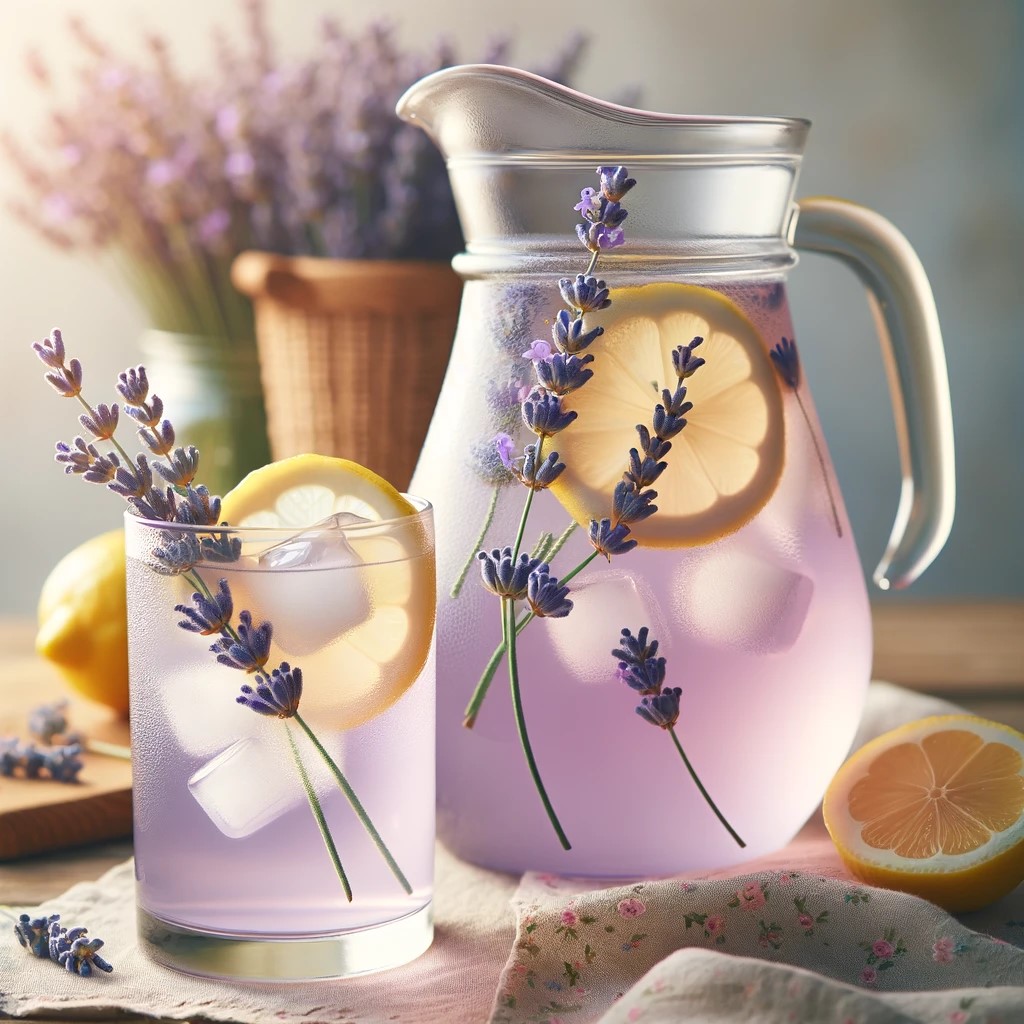
Ingredients
- 2 cups boiling water
- 1 cup lavender flowers
- 2 cups cold water
- 1 cup lemon juice
- 1 cup sugar
Directions
- Place lavender in a pitcher; pour boiling water over the lavender. Cover with plastic wrap and allow lavender to steep for 10 minutes; strain and discard lavender from water and return water to the pitcher.
- Add cold water, lemon juice, and sugar to the pitcher; stir until sugar dissolves. Refrigerate until serving.
Recent Articles
-
Wild Cherry Monograph: Wild Cherry: Nature's Respiratory Ally
May 02, 24 04:52 PM
Discover the healing potential of Wild Cherry with our comprehensive monograph. Explore its benefits and uses for respiratory health. -
DIY Herbal Remedies for Respiratory Health
May 02, 24 03:46 PM
Explore easy DIY herbal remedies for respiratory health with Herbal Ella. Learn to make teas, tinctures, and more to breathe better naturally -
Understanding the Respiratory System - Anatomy and Functions
May 02, 24 03:23 PM
Discover the respiratory system's anatomy and functions with clear visuals and simple explanations to keep you breathing healthily
* Privacy Policy * Disclaimer *

